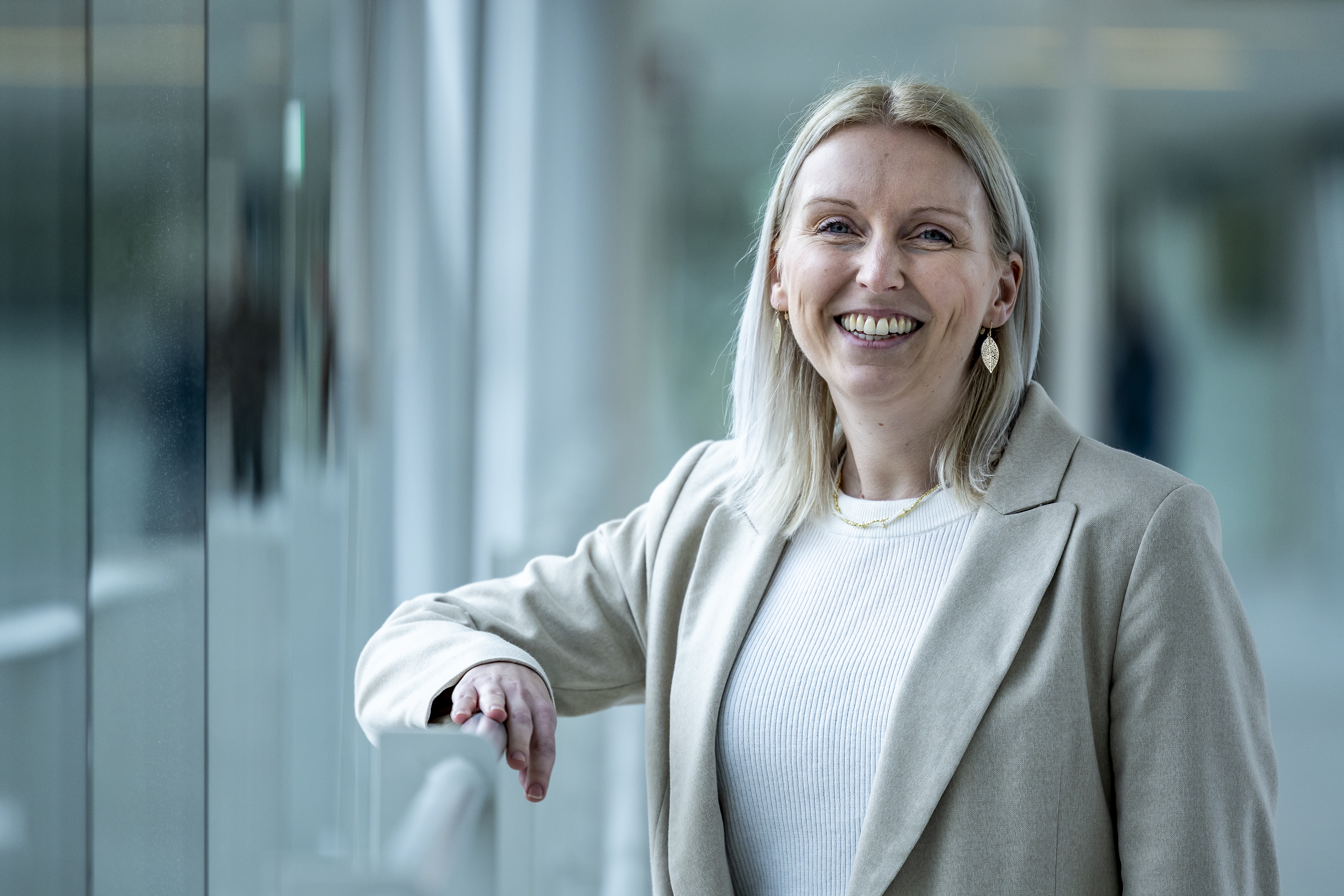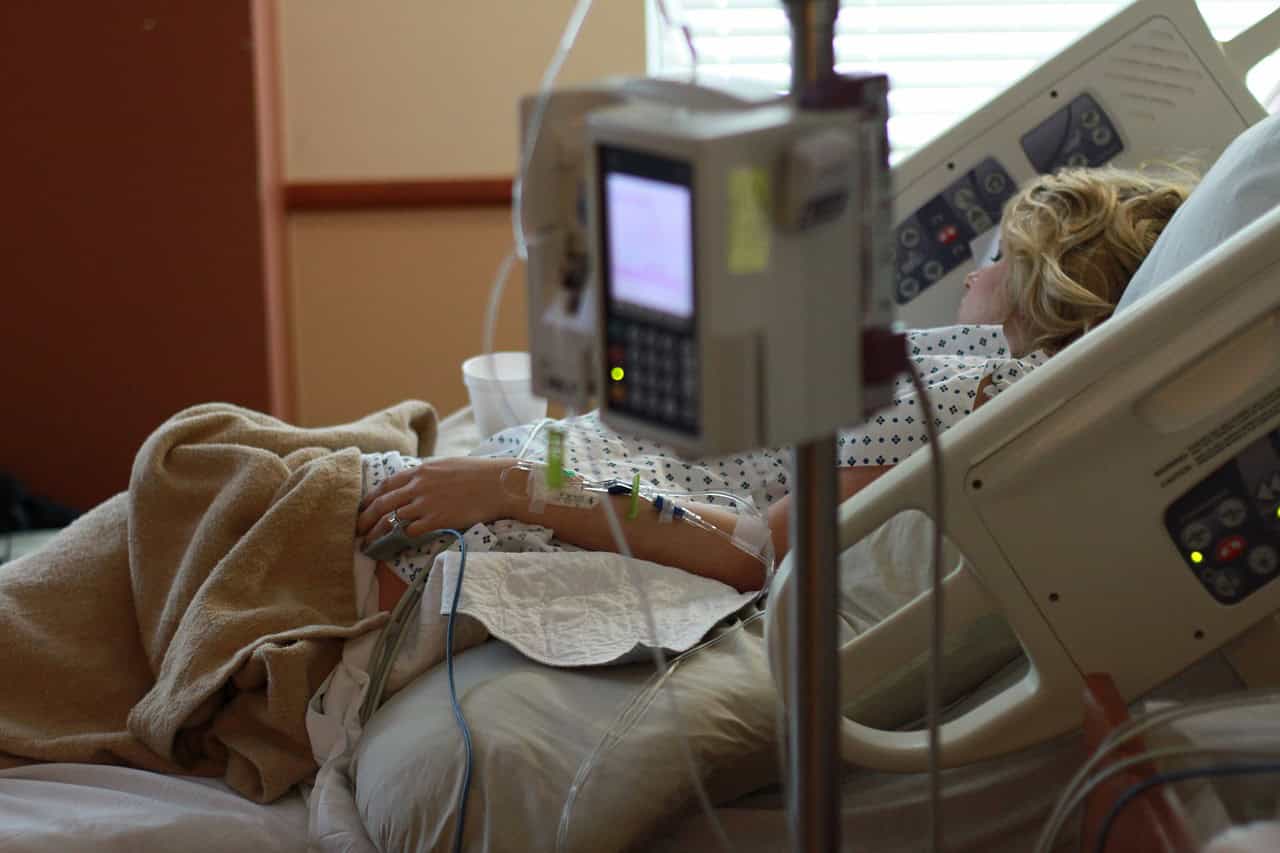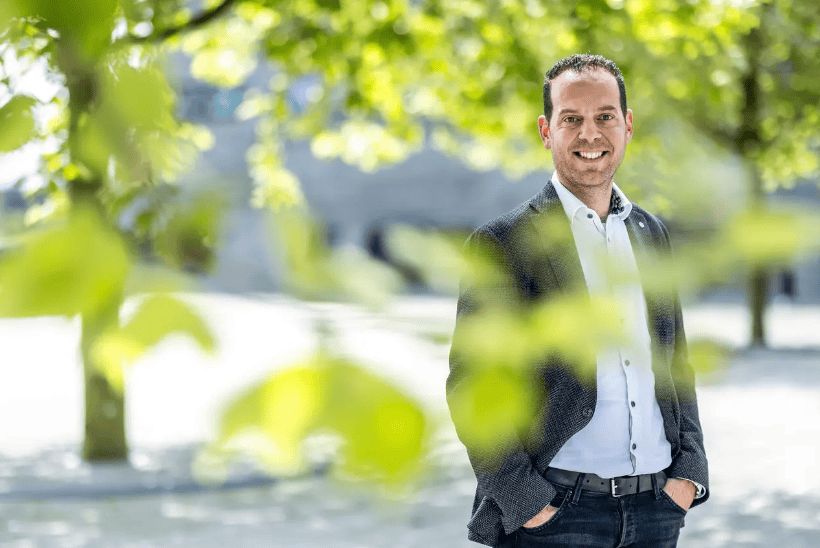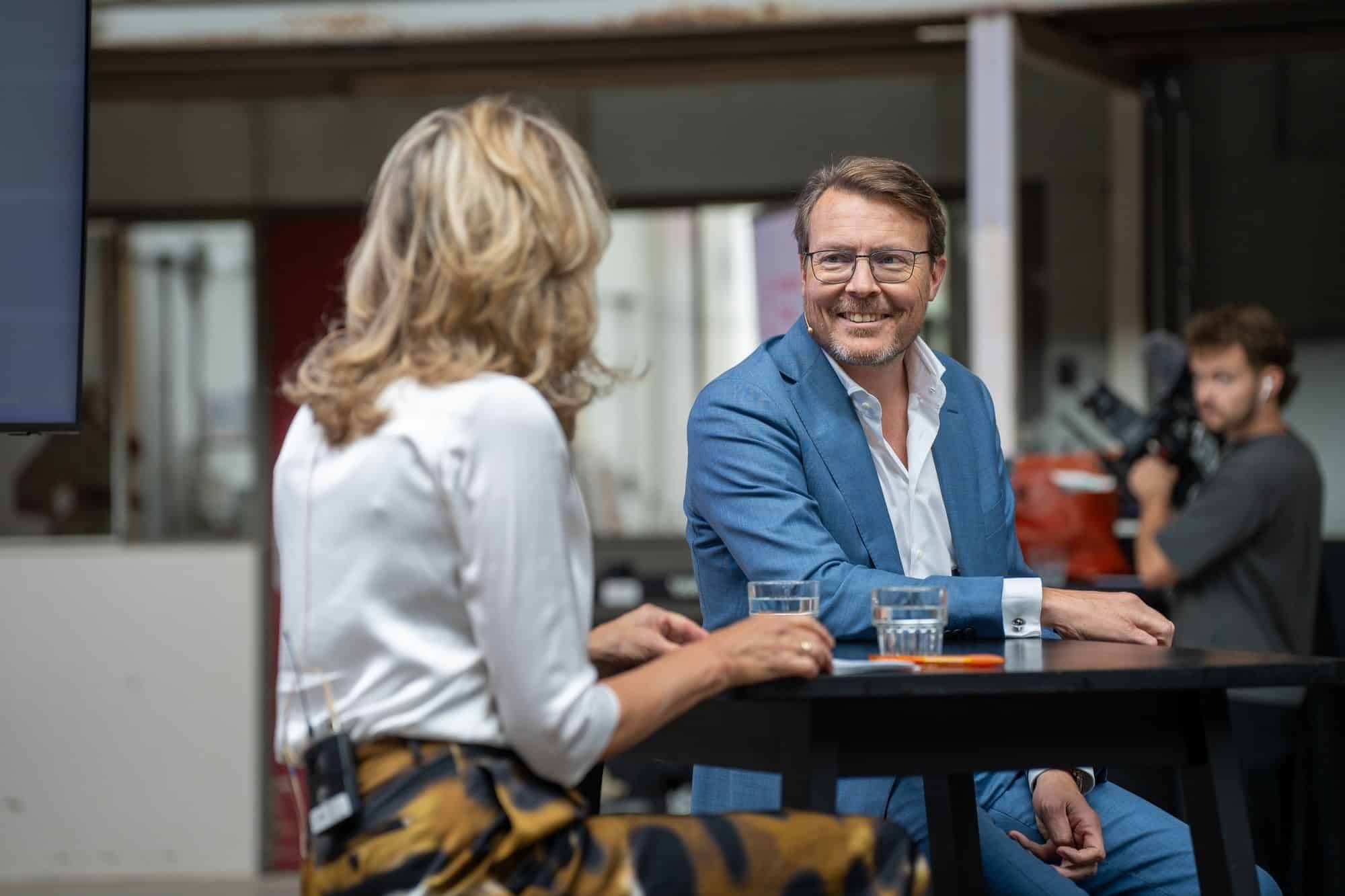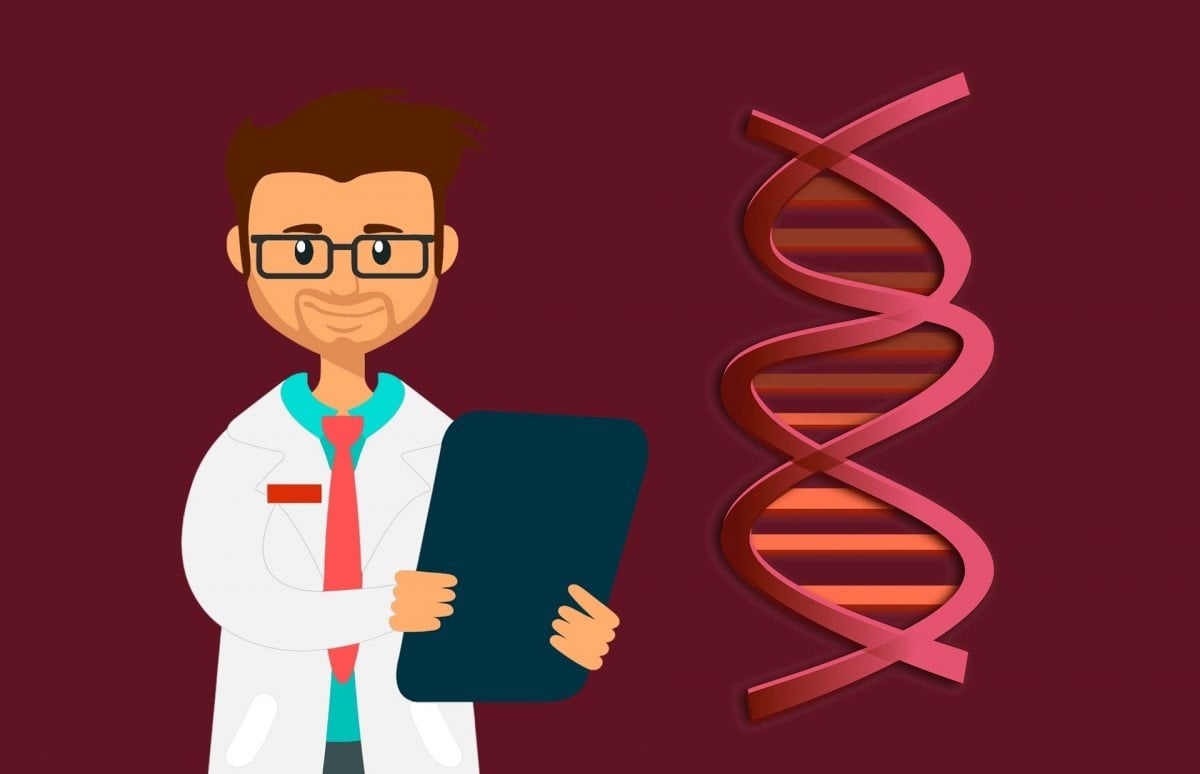
Every second three seconds, someone in the world develops dementia. However, reaching the diagnosis takes a long time, on average around 14 months. In people under the age of 65 even 4 years. Patients cannot (yet) count on healing, there are only drugs that slow down the symptoms. At the Brightlands Health Campus in Maastricht, researchers are looking for ways to speed up diagnostics and to gain more insight into the course of the disease. The ultimate goal: to find a medication and translate the way of research to other diseases.
But what is needed to do this? Jos Kleinjans is a toxicologist at Maastricht University and he is closely involved in the Brightlands e-infrastructure for Neurohealth (BReIN), as the institute is involved in investigating the course of Alzheimer’s. “We know that about ten percent of patients have a hereditary form, i.e. a gene is responsible for the disease. But what about the other 90 percent? Scientists think that heavy metals, certain pesticides, and fats have an influence on the development of Alzheimer’s. We are looking for information in molecular processes that influence the disease. With this information we can look for better medications,” says Kleinjans.
[learn_more caption = “Read more about BReIN”] The project has a duration of 7 years and more than 30 million euros have been set aside for it. 10 million comes from the province of Limburg, 10 million from the University and the Academic Hospital, and the remaining 10 million euros are raised from the regular research funds, for example from the European Union. In addition to setting up a good data infrastructure and a better understanding of Alzheimer’s through research, at least five spin-offs shall emerge from BReIN. Kleinjans: “It is possible that the research shows that heavy metals that people ingest influence the course of Alzheimer’s. Then it can be interesting for companies on the campus in Venlo, where they are working on healthy food, to investigate food that purifies metals from the body. There are certain types of coal that filter metal from the soil, the same process can also apply to the human body. Or we can find a new way of diagnostics, which can also be commercially interesting. ”[/ Learn_more]
Bundling of research data
In order to obtain this information, researchers at the BReIN Institute first built up a good data infrastructure. Existing platforms are interconnected in this infrastructure. For example, data from Scannexus, which carries out brain research with MRI, and data from M4I, a research institute at the University of Maastricht, where researchers investigate cellular processes at the molecular level. “We are also setting up a new platform for genome data with data on the structure and function of DNA,” said Kleinjans. By combining these different data, the researchers hope to gain a better insight into the development of Alzheimer’s disease in the brain. Kleinjans:” We use brain samples from deceased patients, blood samples from different disease stages, and cultured stem cell models with the same characteristics as those in Alzheimer’s patients. To this end, we are working with MERLN, a research institute for regenerative medicine, here at the university. All these sources provide a variety of information from different fields. It is important for this research that we work outside these walls and that researchers talk to clinicians because information about patients’ lifestyles can also be important. This bundling of data is important to get a more complete picture.”
All in all, there is an incredible amount of research data involved, and a lot of computing power is required to derive something useful from it. Kleinjans: “This computing power is not available in the Netherlands. Therefore, we have a direct connection to one of the two supercomputers in Jülich, Germany. These systems are listed 26th and 44th on the list of the 500 most powerful computers in the world. We want to manage the data and traffic ourselves, we won’t leave it in a Google cloud where God knows what can happen to it. In close cooperation with the Brightlands Smart Services Campus in Heerlen, we have set up our own servers and IT systems. They also help us to set up backup systems, for example in the event of lightning strikes here in Maastricht.“
Large files
To specify how large these files are: Scannexus captures approximately 1 TB of MRI data per day, and with genomic data is not about small files. You can compare a genome with a large manual that describes how genes are structured. However, this manual is not immediately readable, as all functional genes contain a lot of unclear information that cannot be used. All this must first be put in the right order. An annoying duty when you know that the human genome is about 3 billion characters long. That’s a good 1 million A4 pages. A single sequencing run (decoding the code) quickly adds up to 350 GB of data.
“If you have to decipher all this manually, you despair, it’s impossible. This requires a lot of computing power, sequencing is one thing. You have to put these series together again, so to speak, in order to reach a whole and to determine the functions of genes. We don’t have enough processing power to combine this data with existing platforms that use very large files. So we will get them from Germany,” says Kleinjans. Various companies on the Heerlen campus are also looking for ways to make optimum use of this computing power. Kleinjans explains: “Of course, you can’t just give a person heavy metals for twenty years and then split the skull to see if that caused Alzheimer’s disease. But thanks to all the data we’re about to bring together, that’s not necessary. Together with companies on campus, we will develop models that, for example, can tell us something about the influence of aluminum on the brain in relation to Alzheimer’s disease. The companies there have the opportunity to get answers from data. You could call it AI.”
Deepen the course
With the advent of genome data, advanced analytical methods, and more computing power, Kleinjans has experienced some changes in his field. “The course was literally deepened because we can look deeper into the cells,” says Kleinjans. But how do you know whether such a machine learning model is correct? Kleinjans: “This is about black boxes, in which scientists can no longer track what a system is thinking. That’s not bad, as long as they know the result is reliable. Therefore, experimental models always have to be tested in practice, for example with a control database whose result is known.”
The professor in Maastricht recognizes the advantages of better technology, but we should not believe that it will solve all the problems: “WE should not be naive and try everything because it is possible,” Kleinjans cites the case of a Chinese scientist who changed an embryo by gene processing as an example. “Suppose we find out which molecular process influences Alzheimer’s and can adapt this via gene processing. How do you know for sure that this intervention only affects this area? It’s very difficult to determine. This will undoubtedly remain the subject of debate in the coming years because it is technically possible.”
Future
After the data infrastructure has been set up, BReIn will examine how this infrastructure can also be used commercially. “For breeders who want to improve their vegetables, DNA information is very useful. We could offer this as a service. All analytical methods that originate from research can also be of commercial interest,” says Kleinjans. With the establishment of the genomic data platform, researchers will also make greater use of more comprehensive DNA analysis. Kleinjans: “Here, we are already working together with the universities of Liège and Luxembourg. We want to be prepared for the future because that brings with it enormous opportunities. It would of course be fantastic if we could find information in the genomic data that would make it possible to diagnose Alzheimer’s with a simple blood test. However, that will take a while. First, we want to better understand which environmental factors influence Alzheimer’s and then look for better medication. We also hope to find genomic information that will facilitate the diagnosis. If this research method turns out to be successful, we can transfer it to other diseases. Cancer, for example. That can make a big difference in the healthcare system.”




